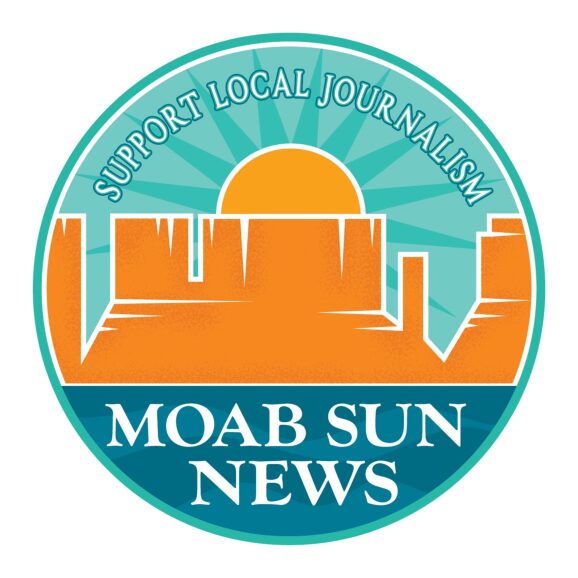Local affordable housing nonprofit Community Rebuilds has been combining sustainable building practices, education, and affordable housing since its founding by now-mayor Emily Niehaus in 2010. Community Rebuilds interns and volunteers are currently working on a fence and sound barrier at the site of four existing Community Rebuilds homes, on the corner of Mill Creek and Sand Flats roads.
The fence is made almost completely from reused, salvaged, or waste materials. Passing by the project over several weeks, observers might have noticed pallets, tee-posts, rock gabions and construction tarps being used for the structure. The final exterior finish will be plaster, with the rock gabions exposed, some “truth windows” revealing the interior materials and possibly some mosaic details.
“It’s been interesting building this unconventional structure on such a visible corner and having so many passers-by ask about what we’re doing,” said Maret Sonder, an Apprentice with Community Rebuilds who designed the fence, managed collection of the materials, and is supervising construction and volunteers for the ongoing project. Both semester interns as well as short-term volunteer youth groups have participated in the build.
The fence was initially conceived as a way to use waste materials from other build projects to contribute to the organization’s goal of being “waste positive,” as well as an opportunity to create an art piece. Homeowners asked that sound muffling be considered in the design of the barrier as well. City code only allows for a height of 4 feet, but the builders hope the thick fence will help reduce traffic noise heard by homeowners located on the busy corner, which is also the access route to the popular 4×4 destination Sand Flats Recreation Area.
Sonder said passers-by have largely been encouraging, and builders have had fruitful conversations about noise and waste.
“It’s been a challenging project—building with trash is not easy! I think we’ve all learned a lot working on it,” said Sonder.
Open house
This week, four new homeowners received their certificates of occupancy for their eco-friendly houses in a subdivision called Strawburb. The community was invited to view the homes, constructed in a design new to the Community Rebuilds repertoire, in an open house on Wednesday. Homeowners brought refreshments for visitors touring the homes, which feature a “hybrid straw/cell” wall system, a building style new to Community Rebuilds.
The approach combines straw and blown-in cellulose insulation to create a high-performance, less labor-intensive, and easy-to-replicate structure. The south-facing walls of the new homes are made in the signature Community Rebuilds strawbale style, with deep, beveled window sills and an organic feel. The new homes also have a variety of exterior finishes, including reclaimed cedar, metal, and plaster. The new designs were created by Community Rebuilds AmeriCorps VISTA intern Kenny Fallon.
The open house also featured a silent auction with items like a family pass to the Moab Recreation and Aquatic Center, Moab Music Festival Tickets, and a ticket to the Rocky Mountain Natural Building Conference to be hosted in Moab by the Natural Building Alliance in the fall.
“The silent auction is a great way to support CR’s building internship program, which helps offset labor construction costs and creates healthier and more efficient homes for Moab’s workforce,” said Rikki Epperson, director of the nonprofit.
Last year was challenging for the organization, as it was for everyone: coronavirus concerns prompted leaders to end the spring 2020 semester early and continue the Community Rebuilds mission with greatly reduced staff and volunteers throughout the year. In spite of those challenges, the organization continues to pursue its work.
The Strawburb homes were built with just half of the usual number of interns, and those houses bring the tally of completed Community Rebuilds Moab homes to 40. By the end of this year, the total is anticipated to be 55. Epperson noted that the nonprofit is eager to break ground on new homes slated for location in the new Arroyo Crossing subdivision, a project of the affordable housing nonprofit Moab Area Community Land Trust.
“We are always looking for volunteers and promise to promote learning while getting muddy!” said Epperson.




